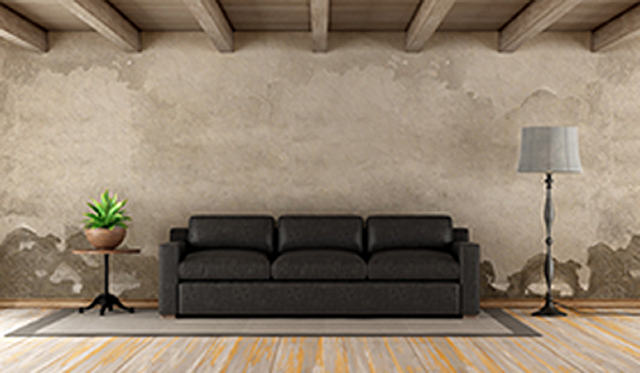Humidity is important, but too much or too little can produce a host of health problems or cause damage to your home. When the air in your home is too dry, it can crack the walls and ceilings and shrink the framing around windows and doors, allowing cold air inside and making your home less energy-efficient. Dry air also saps moisture from your body, leading to conditions such as a dry nose, scratchy throat and itchy skin. In addition, when the respiratory system is dry, it is easier for viruses to invade, increasing your chances of getting colds, flu and upper-respiratory problems.
Too much humidity, on the other hand, brings about a different set of problems: wet stains on walls, musty odors and mold. When it comes to your health, too much humidity provides an optimal environment for bacteria, dust mites and fungal growth. All of these can lead to respiratory problems, especially in those with asthma and allergies.
The ideal humidity level is between 30 percent and 60 percent. So how do you strike that delicate balance between too much and too little humidity in your home?
Pick up a hygrometer, a small, inexpensive and easy-to-use instrument that measures the humidity in your house. Place it where the humidity problems are most obvious. Keep it away from direct heat, such as near a radiator or heat register.
Simple changes in your lifestyle can help, such as remembering to open or close windows and doors. Depending on the severity of the problem, you may need to install a whole-home dehumidifier or humidifier. These products address humidity issues that affect the entire home and allow homeowners to add or remove just the right amount of moisture for a healthy living environment.




